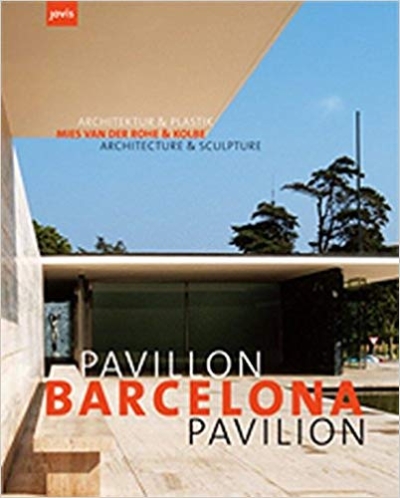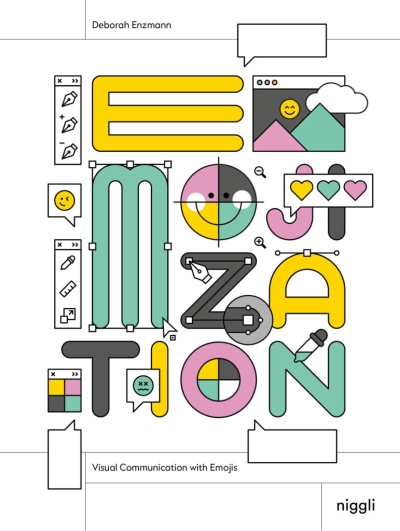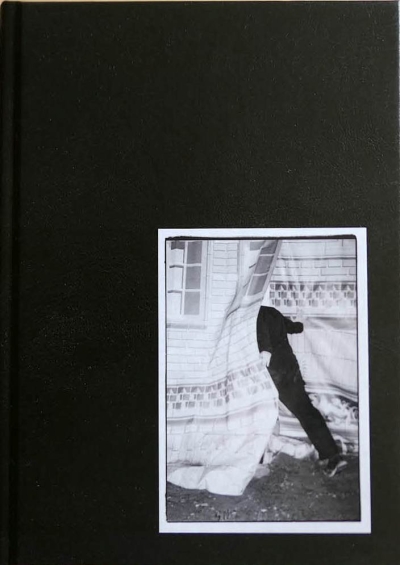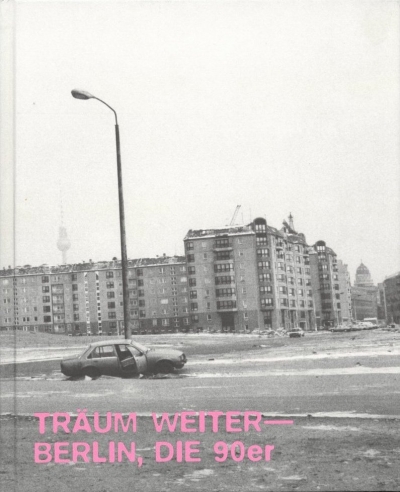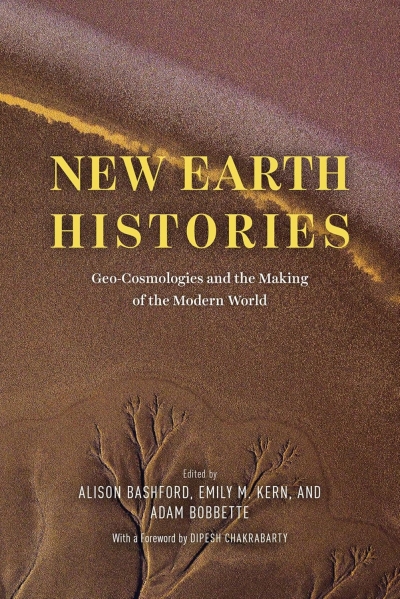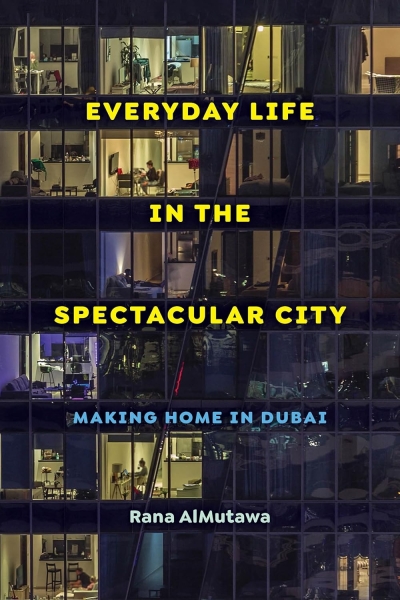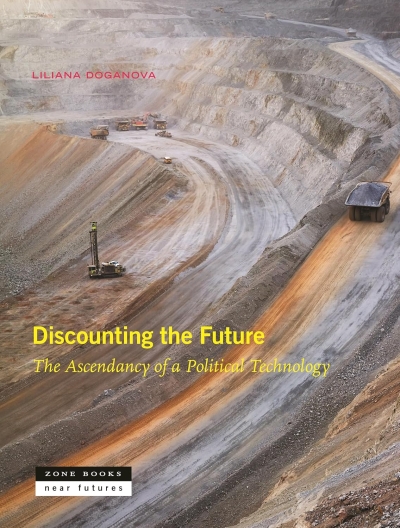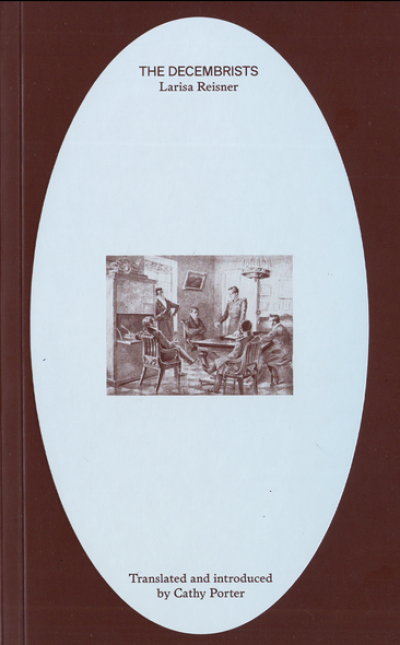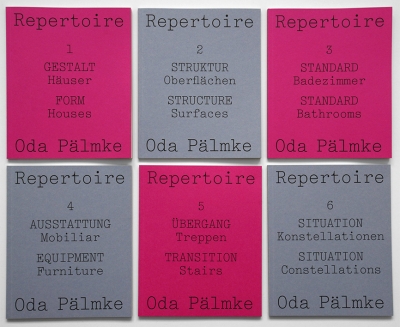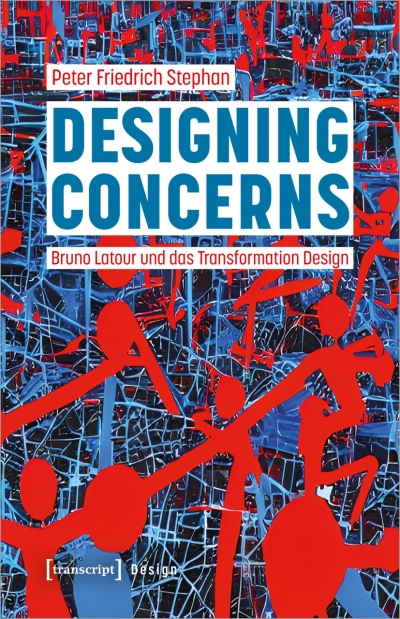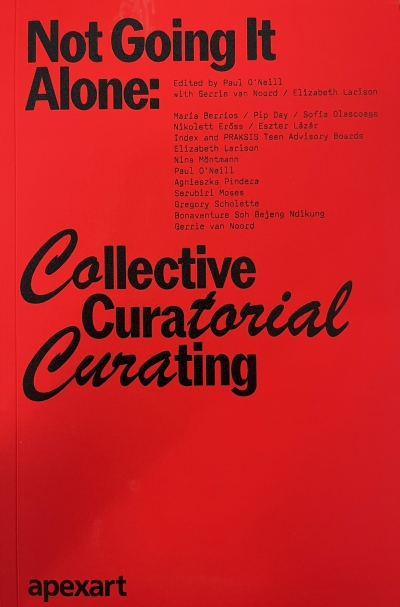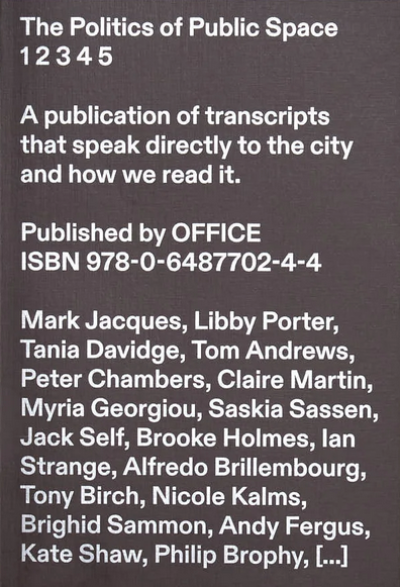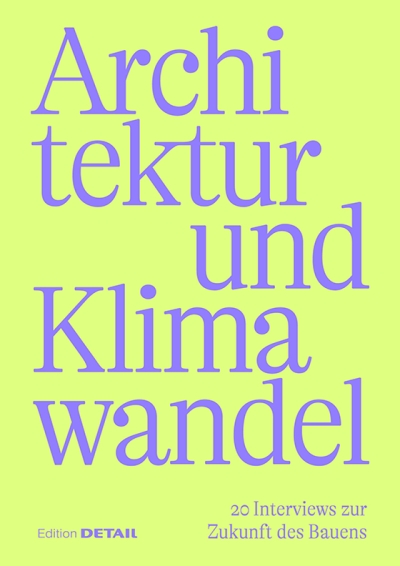Deborah Enzmann
Emojization. Visual Communication with Emojis
Adam Kraft
Key Notes on the Unruly City. Social, Material, and Spatial…
Boaz Levin, C/O Berlin Foundation,…
Träum Weiter - Berlin, die 90er
gerade nicht auf Lager
Alison Bashford, Emily M. Kern, Adam…
New Earth Histories. Geo-Cosmologies and the Making of the…
gerade nicht auf Lager
Timothy Morton
Hell. In Search of a Christian Ecology
gerade nicht auf Lager
Rana AlMutawa
Everyday Life in the Spectacular City. Making Home in Dubai
gerade nicht auf Lager
Liliana Doganova
Discounting the Future: The Ascendancy of a Political…
Richard E. Ocejo
Sixty Miles Upriver. Gentrification and Race in a Small…
Angus Carlyle, Cathy Lane
On Listening
Jacobin
Jacobin #17. Künstliche Intelligenz
Tom Holert (Hg.)
Pierre Bourdieu. Fragen zur Kunst für und mit Studierenden…
Dahr Jamail, Stan Rushworth
Wir stehen in der Mitte der Unendlichkeit. Indigene Stimmen…
Lauren Wager, Sophia Naureen Ahmad
Fashion Palettes. Color Inspiration, Meaning & Mood
gerade nicht auf Lager
Stavros Stavrides
The Politics of Urban Potentiality. Spatial Patterns of…
Ilya Zdanevich
Ilya Zdanevich - Iliazd. Berlin Khaltura 1922
Larisa Reisner
The Decembrists
Dominique Gauzin-Müller, Anna Heringer
Anna Heringer. Form Follows Love. Intuitiv bauen - von…
Dennis Brzek, Junia Thiede
In Medias Res #1: Histories Read Across
Dennis Brzek, Junia Thiede, Julian…
In Medias Res #2: Architecture in Motion
Dennis Brzek, Junia Thiede
In Medias Res #3: Postproductions
Angela McRobbie (Ed.)
Ulrike Ottinger. Film, Art and the Ethnographic Imagination
Ulysses Voelker, Michael Schmitz
Was Kommunikationsdesign kann. Prinzipien, Inspirationen,…
Ultra Studio
Landscape Goes Domestic. Ultra Studio
Oda Pälmke
Repertoire, Oda Pälmke, Nr. 1–6
e-flux
e-flux Index #2
gerade nicht auf Lager
Matteo Pasquinelli
Das Auge des Meisters. Eine Sozialgeschichte Künstlicher…
gerade nicht auf Lager
Kathryn Yusoff
Geologic Life. Inhuman Intimacies and the Geophysics of Race
Nuraini Juliastuti
Commons Museums. Pedagogies for Taking Ownership of What is…
Adam Greenfield
Lifehouse. Taking Care of Ourselves in a World on Fire
gerade nicht auf Lager
Moises Puente (Ed.)
Classroom, a teenage view
Ulrich Bröckling, Susanne Krasmann und…
Glossar der Gegenwart 2.0
gerade nicht auf Lager
Jean-Baptiste Fressoz
Happy Apocalypse. A History of Technological Risk
gerade nicht auf Lager
Tim Anstey
Things That Move. A Hinterland in Architectural History
Christophe Van Gerrewey
Something Completely Different. Architecture in Belgium
Alma d'Aigle
Ein Garten
Jens Balzer
After Woke
gerade nicht auf Lager
Gustav Magnusson
Keynote Conversations. 100 Interviews for Reinventing the…
gerade nicht auf Lager
DEMOGO studio di architettura
DEMOGO. Architecture and projects in complex contexts.
gerade nicht auf Lager
Susan Buck-Morss, Kevin McCaughey, Adam…
Seeing <—> Making. Room for Thought
Maurice Nio
The Suspense of Architecture. The Necessity to Shine
Peter Friedrich Stephan
Designing Concerns. Bruno Latour und das Transformation…
gerade nicht auf Lager
Labor für die alltägliche Stadt,…
TOUCH.01 Tactics of Urban Change.01 | Kollaboratives Wohnen
gerade nicht auf Lager
Reinhold Martin, Claire Zimmerman (eds…
Architecture against Democracy. Histories of the…
gerade nicht auf Lager
Anna Lowenhaupt Tsing, Jennifer Deger…
Field Guide to the Patchy Anthropocene. The New Nature
Marouane Ben Belfort, WIP Office
Nuykuln. Berlin's quarter and its Arab and Turkish…
Clara Herrmann, Elise Misao Hunchuck,…
The AI Anarchies Book
Laurenz Berger, Barbara Weber
Zukunft Bestand. Ökosoziale Transformation von…
Nitin Bathla (Ed.)
Researching Otherwise. Pluriversal Methodologies for…
Carolin Genz, Olaf Schnur, Jürgen Aring…
WohnWissen. 100 Begriffe des Wohnens
Richard Evans
Listening to the Music the Machines Make. Inventing…
Anna Beckers, Gunther Teubner
Digitale Aktanten, Hybride, Schwärme. Drei Haftungsregime…
gerade nicht auf Lager
Justine Blau
Justine Blau. Veil of Nature
Eduarda Neves
Minor Bestiary. Time and Labyrinth in Contemporary Art
gerade nicht auf Lager
Kirsten Angermann, Hans-Rudolf Meier,…
Denkmal Postmoderne. Bestände einer (un)geliebten Epoche
gerade nicht auf Lager
dérive
dérive N° 96, Antimodern, antidemokratisch, revisionistisch…
gerade nicht auf Lager
Arch+ Zeitschrift für Architektur und…
Arch+ 256. Umbau. Ansätze der Transformation
gerade nicht auf Lager
Martino Gamper
100 Chairs in 100 Days and its 100 Ways
gerade nicht auf Lager
Paul O'Neill (Ed.)
Not Going It Alone. Collective Curatorial Curating
gerade nicht auf Lager
Olivia Broome
Brutalist Plants
gerade nicht auf Lager
Lucy Lippard
I See / You Mean. A Novel
gerade nicht auf Lager
Ruth Catlow, Penny Rafferty (eds.)
Radical Friends. Decentralised Autonomous Organisations and…
Loretta Napoleoni
Technocapitalism. The Rise of the New Robber Barons and the…
gerade nicht auf Lager
Ben Murphy
Ears to the Ground. Adventures in Field Recording &…
gerade nicht auf Lager
Justin Patrick Moore
The Radio Phonics Laboratory. Telecommunications, Speech…
Ruth Buchanan, Fiona McGovern
Scores for Transformation (A conversation). Ruth Buchanan,…
Carey Jewitt, Sara Price
Digital Touch
Mark Coeckelbergh
Why AI Undermines Democracy and What To Do About It
gerade nicht auf Lager
Peter Godfrey-Smith
Metazoa. Die Geburt des Geistes aus dem Leben der Tiere
OFFICE and Tom Muratore
The Politics of Public Space: Volume Five
Fanny Chiarello
Basta Now. Women, Trans & Non-binary in Experimental…
gerade nicht auf Lager
&beyond collective for Theatrum…
Sonic Urbanism: Listening to Non-Human Life
gerade nicht auf Lager
Croatian Architects' Association
Designing in Coexistence - Reflections on Systemic Change
gerade nicht auf Lager
Anastasia Khodyreva, Elina Suoyrjö
Aquatic Encounters. A Glossary of Hydrofeminisms
gerade nicht auf Lager
Yancey Strickler, The Dark Forest…
The Dark Forest Anthology of the Internet
Alexander Kluge
Der Konjunktiv der Bilder. Meine Virtuelle Kamera (K.I.)
Sara Zeller, Evelyn Steiner (Hg.)
Design für Alle? Inklusive Gestaltung heute
Arturo Escobar, Michal Osterweil, Kriti…
Relationality. An Emergent Politics of Life Beyond the Human
gerade nicht auf Lager
Kim Dovey et. al.
Atlas of Informal Settlement. Understanding Self-Organized…
gerade nicht auf Lager
Claire Bishop
Disordered Attention. How We Look at Art and Performance…
gerade nicht auf Lager
Philip Widmann
Film Undone – Elements of a Latent Cinema
McKenzie Wark
Raven
gerade nicht auf Lager
Aruna D’Souza
Imperfect Solidarities
gerade nicht auf Lager
Sandra Hofmeister
Architektur und Klimawandel. 20 Interviews zur Zukunft des…
gerade nicht auf Lager
Gerry Leonidas (Ed.)
Designing type revivals. Handbook for a historical approach…
gerade nicht auf Lager
Jochen Becker, Anna Schäffler, Simon…
Glossar Urbane Praxis. Auf dem Weg zu einem Mannifest /…
gerade nicht auf Lager
Cyril Béghin (Ed.)
Chantal Akerman. Oeuvre écrite et parlée
Hansjörg Gadient
Spielraum. Kindergerechte Freiräume planen und bauen
Diamond Schmitt Architects
Set Pieces. Architecture for the Performing Arts in Fifteen…
Roberto Gargiani, ed.
Simple Architecture: Villa Baizeau in Carthage by Le…
Leonhard Laupichler, Sophia Brinkgerd (…
New Aesthetic 1. A Collection of Experimental and…
gerade nicht auf Lager
Martin Mosch
Die typografische Komposition
Vera Egbers, Christa Kamleithner, Özge…
Architectures of Colonialism
Anna-Maria Meister, Teresa Fankhänel,…
Are You a Model? On an Architectural Medium of Spatial…
Gilbert Simondon, Emmanuel Alloa (Hg.)
Imagination und Invention
gerade nicht auf Lager
Philipp Schönthaler
Wie rationale Maschinen romantisch wurden
Artemy Magun
The Temptation of Non-Being: Negativity in Aesthetics
Nicolas Uphaus
Frei. Selbstständig arbeiten als Designer (2. überarb.…
Anne Querrien, Brigitta Kuster (Hg.)
Maschinen | Gefüge | Karten
